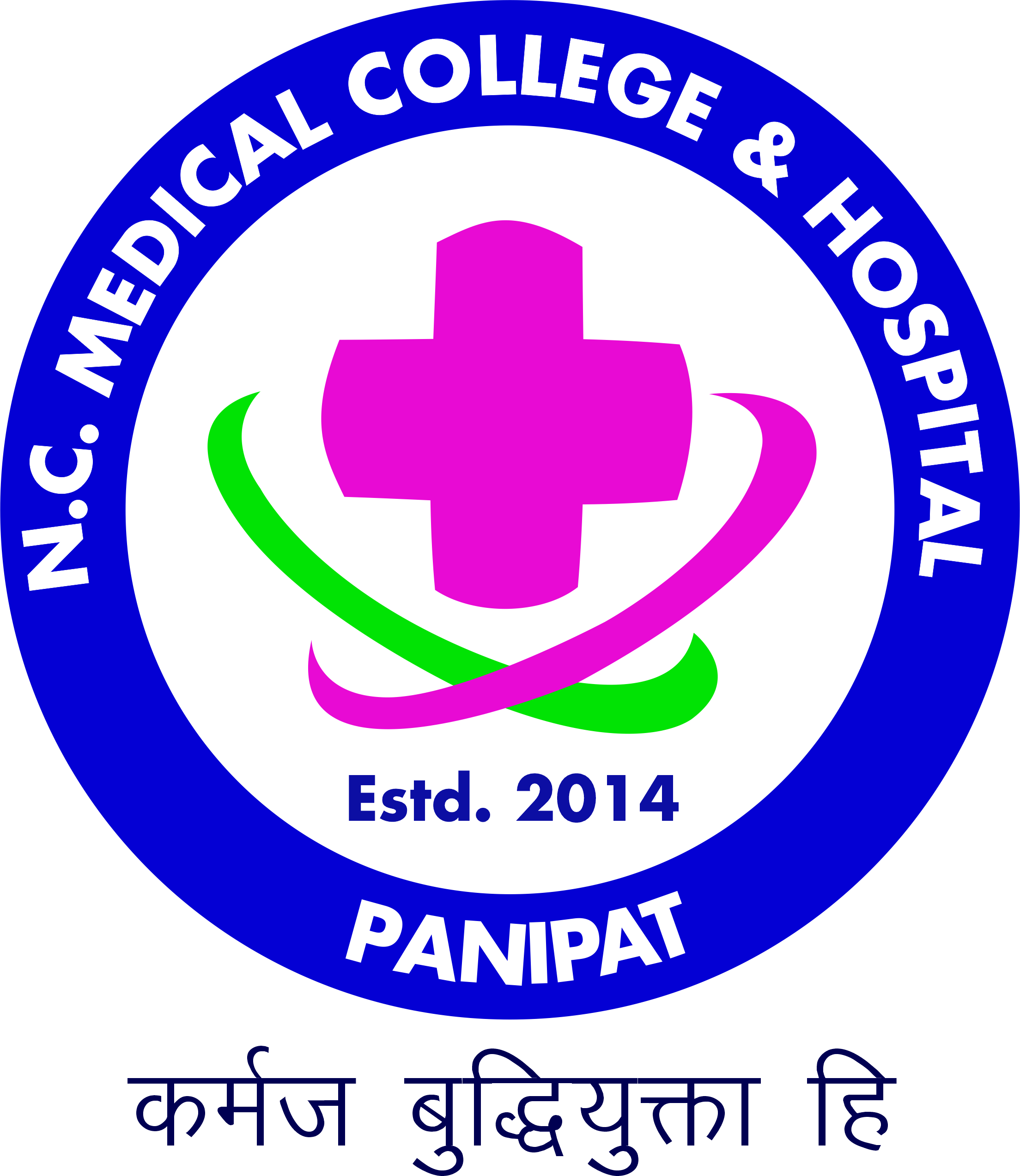Introduction to Radio Diagnosis
A Radiology degree, often referred to as Radio Diagnosis, is a specialized medical program dedicated to medical imaging, diagnostics, and interpretation. In this comprehensive guide, we explore the structure of the degree and highlight the key subjects integral to its curriculum.
Exploring the Radio Diagnosis Degree
A Radiology degree, often referred to as Radio Diagnosis, is a specialized medical program dedicated to medical imaging, diagnostics, and interpretation. In this comprehensive guide, we explore the structure of the degree and highlight the key subjects integral to its curriculum.
Radiology Curriculum: The Radiology curriculum is meticulously designed to prepare students for careers as radiologists, emphasizing comprehensive knowledge and advanced skills in medical imaging techniques, interpretation, and patient care. It encompasses various subjects essential for delivering specialized radiological services.
3. Medical Imaging Modalities (50 words): Medical Imaging Modalities cover a range of imaging techniques, including X-rays, CT scans, MRI, ultrasound, and nuclear medicine, enabling students to master various diagnostic tools.
Radiological Anatomy: Radiological Anatomy focuses on the interpretation of images, teaching students how to identify normal and abnormal structures in medical imaging.
Radiologic Pathology: Radiologic Pathology explores the interpretation of images in the context of disease processes, aiding in the diagnosis and management of medical conditions.
Interventional Radiology: Interventional Radiology introduces students to minimally invasive procedures guided by imaging techniques, such as angiography and image-guided biopsies.
Radiological Safety and Patient Care: Radiological Safety and Patient Care emphasize the safe use of radiation, patient interactions, and ethical considerations in radiology practice.
Clinical Training: Clinical training is a pivotal component of the Radiology degree, offering students hands-on experience through rotations in radiology departments, imaging centers, and hospitals. It involves performing and interpreting diagnostic procedures under supervision.
Residency and Fellowship: After completing the degree, graduates typically enter a Radiology residency program to further specialize. Some may choose to pursue fellowships in areas like interventional radiology, neuroradiology, or musculoskeletal radiology for advanced expertise.
Conclusion:
The Ophthalmology degree equips aspiring ophthalmologists with specialized knowledge and advanced clinical skills in eye healthcare. Subjects including ocular anatomy, diseases, surgery, and pediatric ophthalmology, combined with extensive clinical training, prepare graduates to provide expert eye care, from routine exams to complex surgeries.
| Degree/Diploma | Subject | Total No. of Seats |
| Degree (MD) | Radio Diagnosis | 02 |
- Courses
Admission Enquiry Form
- Contact us
- ncmedicalcollege.panipat@gmail.com
- Admission Helpline: 0180-2579061
- Phone: 0180-2579081, 0180-2579061
- Ext: 280,281
- Fax: 0180-2579081
- N.C. Medical College & Hospital, Panipat-Rohtak Road, VPO Israna, Panipat-132107 Haryana (India)
Brochures
View our Medical prospectus of
brochure for an easy to read guide on
all of the services offer.
